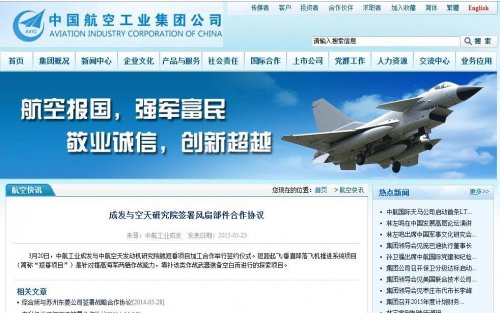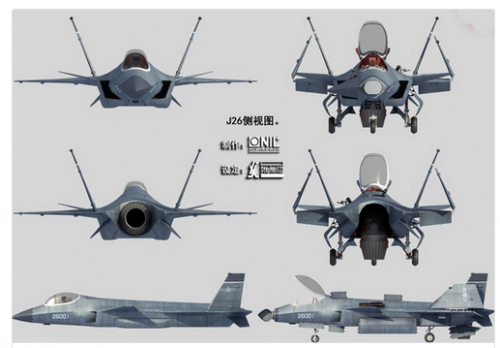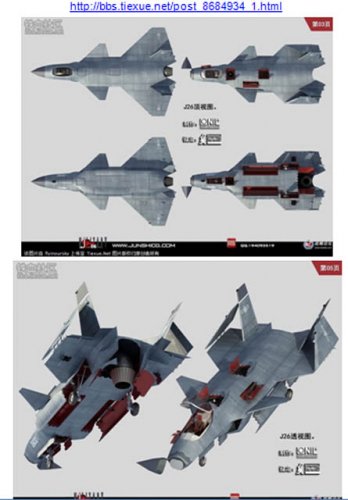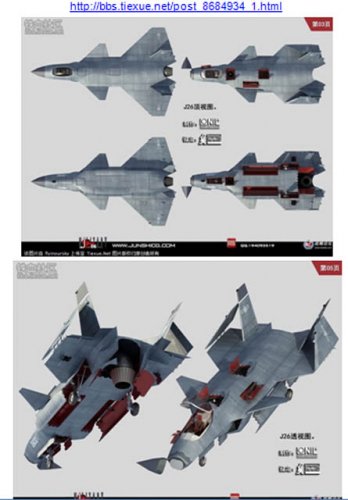- Joined
- 2 January 2006
- Messages
- 3,828
- Reaction score
- 5,134
To admit this news first posted by "kickars" at the SDF reported about a new development contract awarded for a future V/STOL-fighter ...
http://mil.news.sina.com.cn/2015-03-24/1720825565.html
Later this was added:
http://www.avic.com.cn/cn/sjkb/402462.shtml
Since the link was already dead they typical discussion arose until someone posted a snapshot of this page (below):
So now it seems at first "only" to be a development contract for the associated engine-technology and not already a fighter ...
... anyway IMO the most likely option is indeed a research project similar to the J-31/FC-31 or the US X-32/-35 right now, that could later eventually led to a serial type.
Overall a step I highly recommend since China so far is not really famous for its research and experimental types to explore new technologies.
Deino
The picture used is only an unofficial rendering which may or may not has anything to do with the end result. The article is simply saying the development contract has been signed on 20/03/2015. It was signed by AVIC's Chengdu division. So looks like the project will be based in Chengdu. For the moment the contract is about the lift fan. We should hear more in the coming days or weeks I would guess. And the article also mentions the jet will be used by the navy/marine, which I think is just a guess from the writer.
http://mil.news.sina.com.cn/2015-03-24/1720825565.html
Later this was added:
According to the official website of the Group AVIC, the development of the engine for the project of a VTOL aircraft has begun. The article says that the project aims to increase the capacity of Naval Amphibious combat.
http://www.avic.com.cn/cn/sjkb/402462.shtml
Since the link was already dead they typical discussion arose until someone posted a snapshot of this page (below):
"On March 20th, AVIC CAC and AVIC AAPT held a contract signing ceremony for the cooperation of fabrication involving the STOVL project. Short takeoff/Vertical landing aircraft propulsion system project (STOVL Project) is an exploration project aims to improve the navy's amphibious combat capabilities, fill in a blank of such weapon systems."
So now it seems at first "only" to be a development contract for the associated engine-technology and not already a fighter ...
... anyway IMO the most likely option is indeed a research project similar to the J-31/FC-31 or the US X-32/-35 right now, that could later eventually led to a serial type.
Overall a step I highly recommend since China so far is not really famous for its research and experimental types to explore new technologies.
Deino




